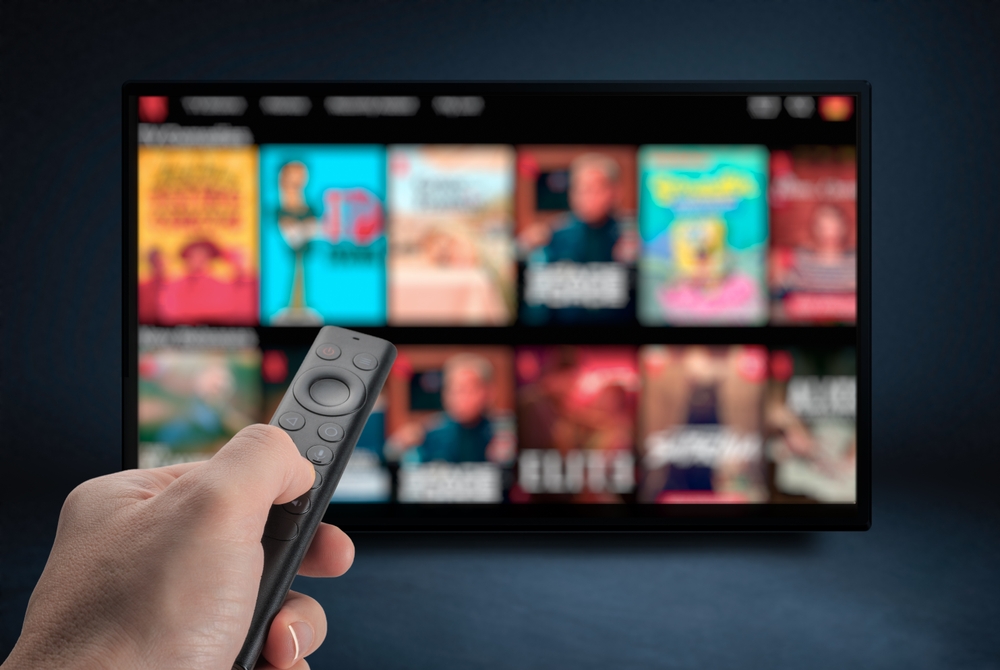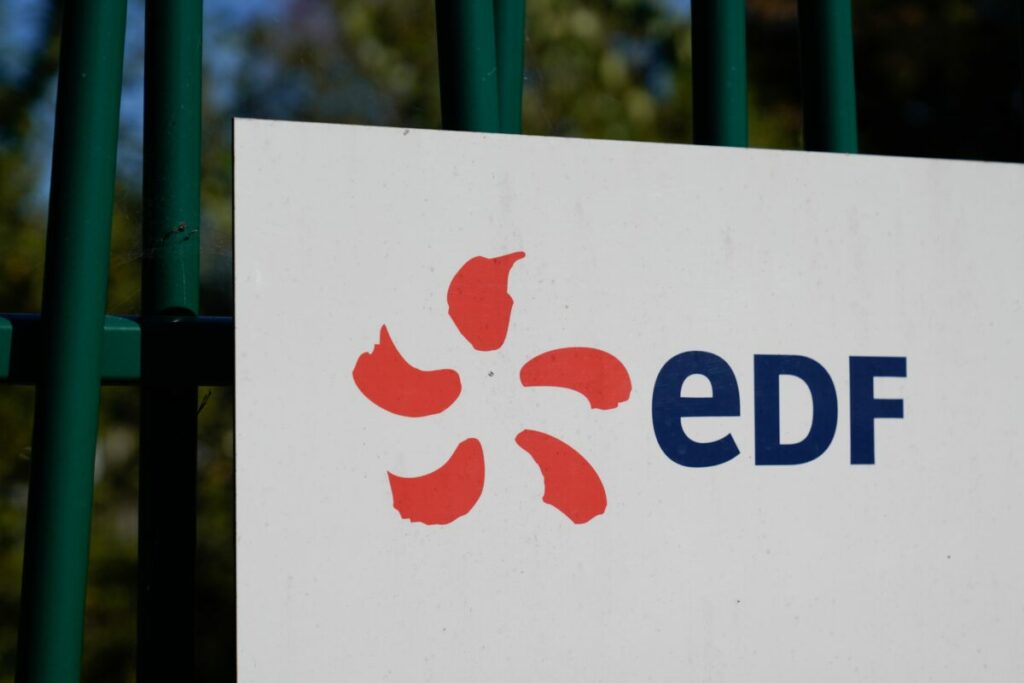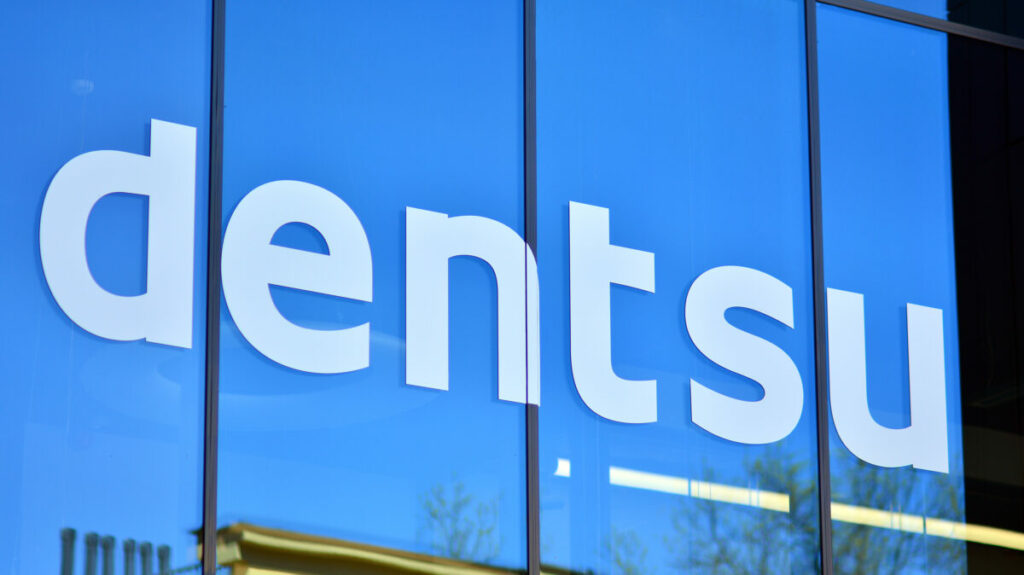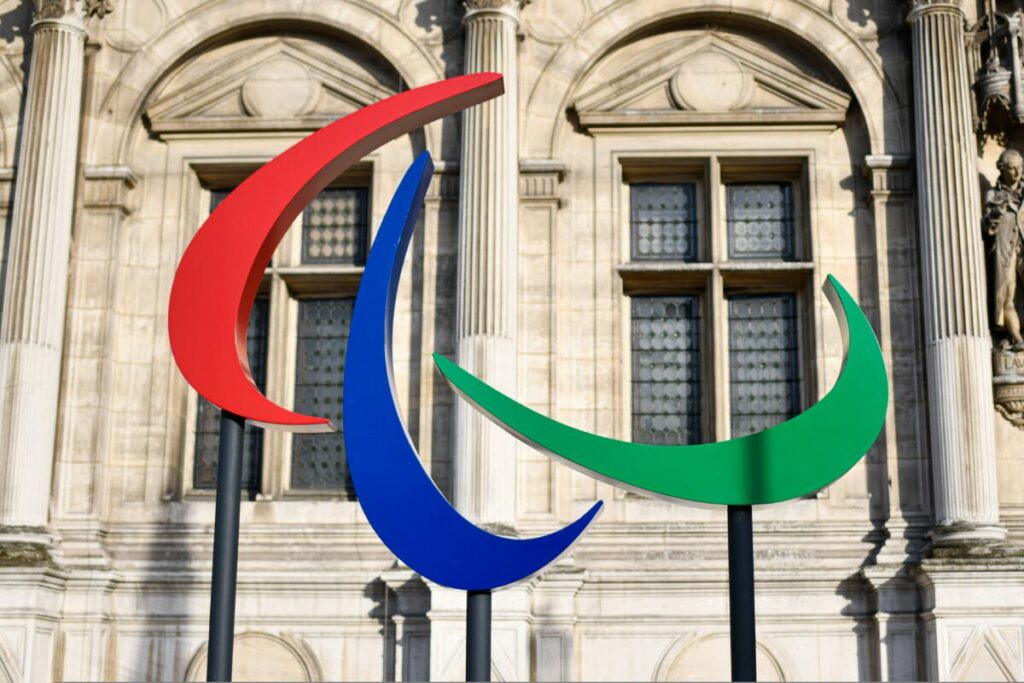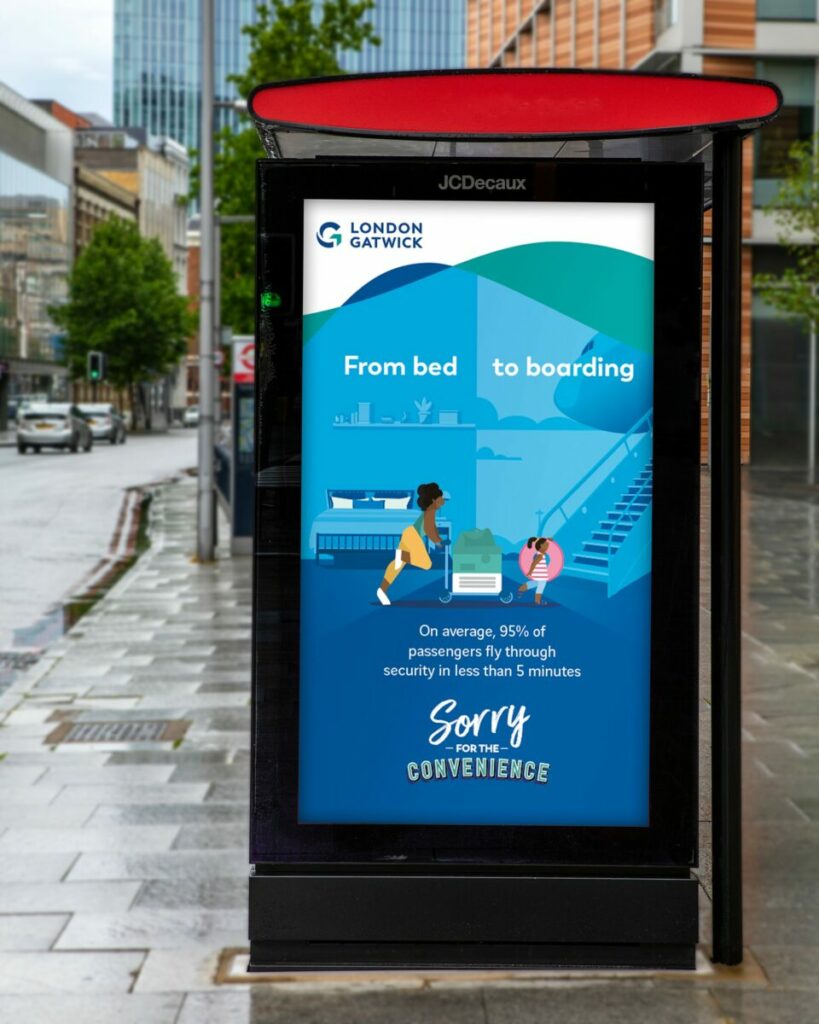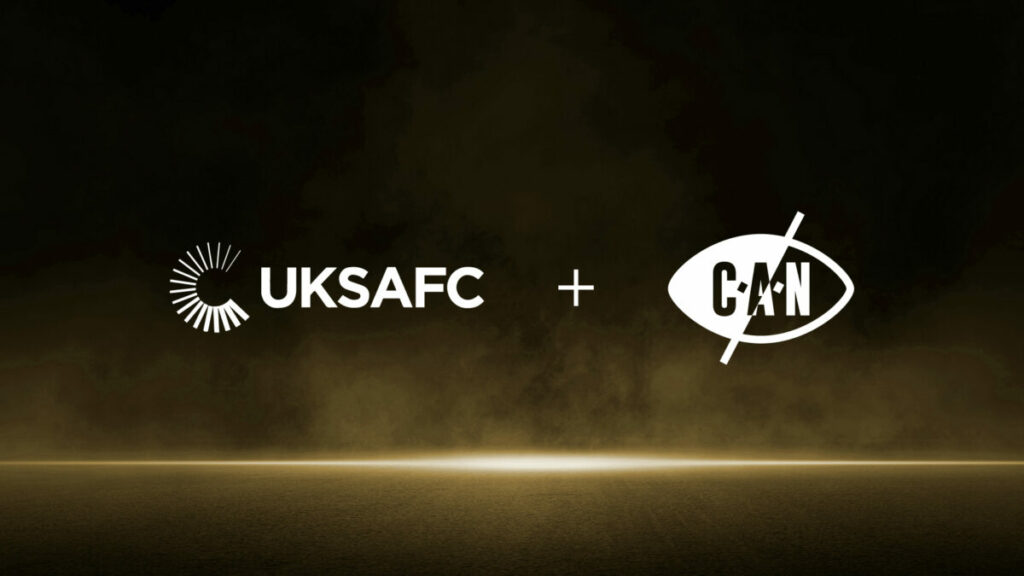Marketing data and analytics firm Kantar has unveiled a blueprint identifying the key drivers of brand growth, bringing together analysis of more than 6.5 billion global data points from the past ten years.
By trawling through a mountain of global attitudinal and shopper indicators, Kantar’s blueprint offers marketers a concrete decision-making framework that will help them control growth levers and shape their brand’s future.
Centred around three principal growth accelerators, the firm’s research primarily urges brands to create a meaningful difference.
This can drive a volume share nine times higher, increase a brand’s highest average selling price twice over and make it four times more likely to grow market share in the future.
The blueprint goes on to stress the importance of having an increased presence across all aspects of the customer journey, with blanket visibility garnering seven times more buyers than brands that are only present across half of buying occasions.
Finally, Kantar’s research says marketers must also constantly focus on finding new spaces, concentrating innovation on identifying these incremental spaces and helping brands increase their number of usage occasions by 10%, resulting in revenue growth of 17%.
Managing director Dom Boyd is keen to point out that unlike many similar guidelines that have come before, Kantar’s blueprint is rooted firmly in driving profitability.
“Our definition of growth isn’t just about volume sales or volume share, our definition of growth is about profitability. What’s exciting is that through these datasets we can identify the true levers of growth in commercial terms, rather than that only half the picture.”
“Penetration isn’t enough, brands need to drive profitability,” he emphasised.
“This blueprint will help them prioritise the levers that will most impactfully drive commercial, sustainable commercial returns for their business, and what to prioritise at what stages.”
Differentiation is key in driving commercial success, as Boyd notes. While penetration is vitally important, brands must focus on differentiation and not just distinctiveness if they wish to forge strong mental connections with consumers.
Boyd singles out Guinness as a shining example of a brand that has managed to apply these principles to great effect.
“Guinness is a masterclass in how to do this and when they spoke at our recent Ignite event, they talked very clearly about how they built this predisposition, how they’ve been more present, and how they’ve found new space.”
“They’ve built their predisposition through brilliant creativity and used their distinctive assets in a way that allows them to differentiate. They’ve also built their presence through things like the [Six Nations] rugby sponsorship, making the brand more available and present across more moments throughout the year.”
Subscribe to Marketing Beat for free
Sign up here to get the latest marketing news sent straight to your inbox each morning
Registering international sales growth of 16% in 2023, Guinness’ success story is clear to see. Boyd also highlights Cadbury and Heineken as further successful examples – but picks out McDonald’s as another runaway hit.
“McDonald’s is absolutely a business with momentum, and the marketing of brand has been the wind in their sails. In terms of predisposition, it’s bit of a mix – we can see the quality of creative both from the latest campaigns, but also the raised eyebrows and their customer experience.”
“It has completely updated the in-store UX through technology and has hard-wired that accessibility through creativity and the overall experience. It is also constantly present through its partnerships with Deliveroo and Just Eat.”
Heineken global consumer and markets insights director, Tony Costella, has been working with Kantar for a number of years, and credits the brand guidance system and meaningful differentiation for helping the brand understand exactly how to drive growth.
“A brand like Heineken is at a very different stage in different markets worldwide, so using the meaningful different and salient framework, we’ve been able to really get underneath the drivers of meaningful differentiation to understand and connect with certain consumer groups that deliver brand growth across different markets.”
Kantar EVP of thought leadership Jane Ostler said the blueprint for brand growth “sets a new standard for strategic marketing understanding and excellence”.
“Every marketing leader can use this framework to evaluate their brand’s own competitive positioning and then shape their strategic response and marketing investment priorities,” she added.
“For the first time anywhere, we have combined a decade of attitudinal brand research with actual shopper behaviour, to more holistically understand the tangible impact marketing has on growth. We can now see that emotional connections in advertising are crucial – when optimised, they build differentiation and predispose consumers toward a brand, boosting sales and loyalty.”
Oster also pointed out that, while Kantar’s newly revealed growth accelerators will instinctively feel familiar to many CMOs, they are now underpinned with quantifiable evidence of their impact on brand and revenue growth.
“These are universal truths that every brand can use to focus their strategy and secure the budget for their highest impact activities.”



